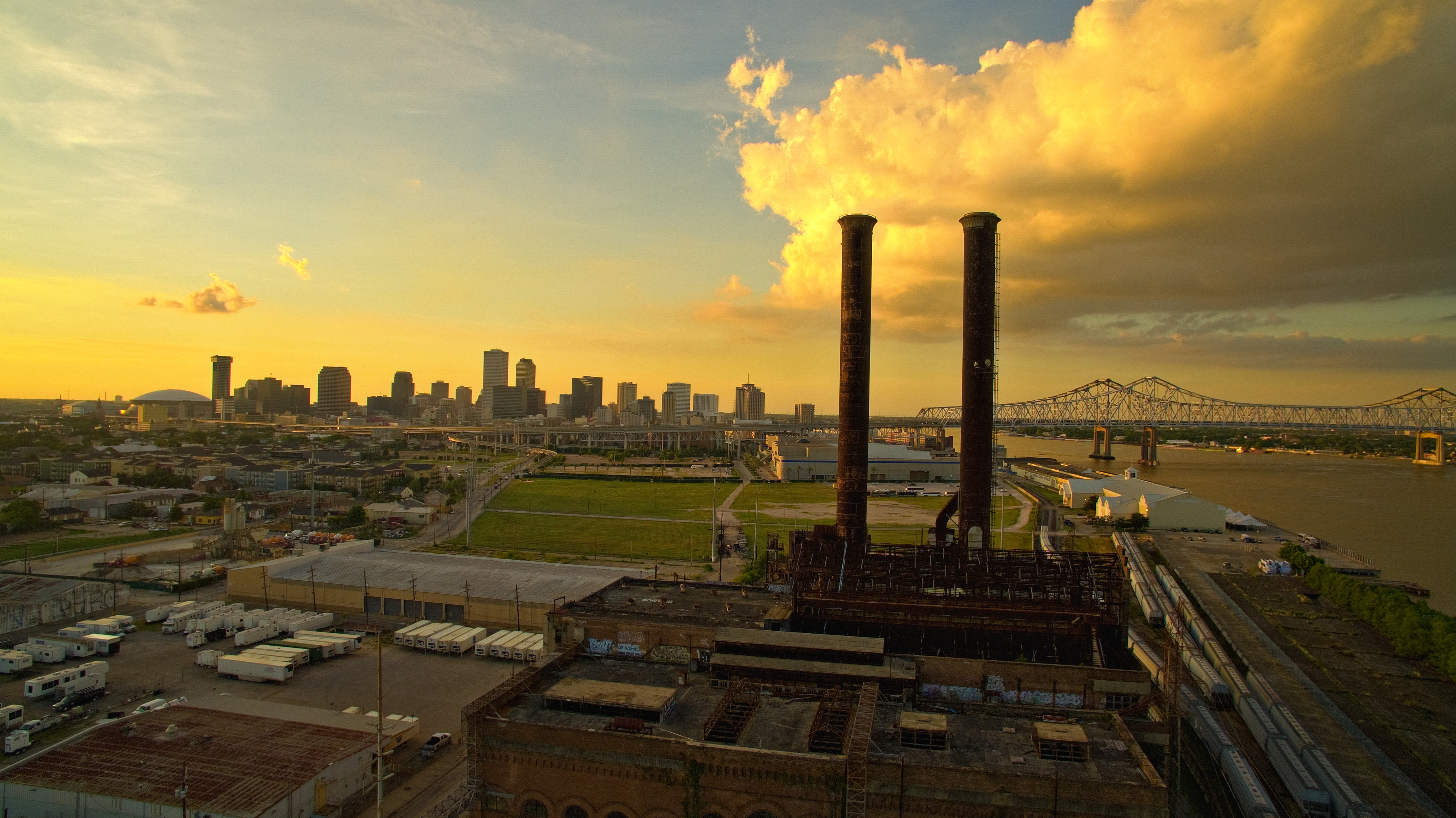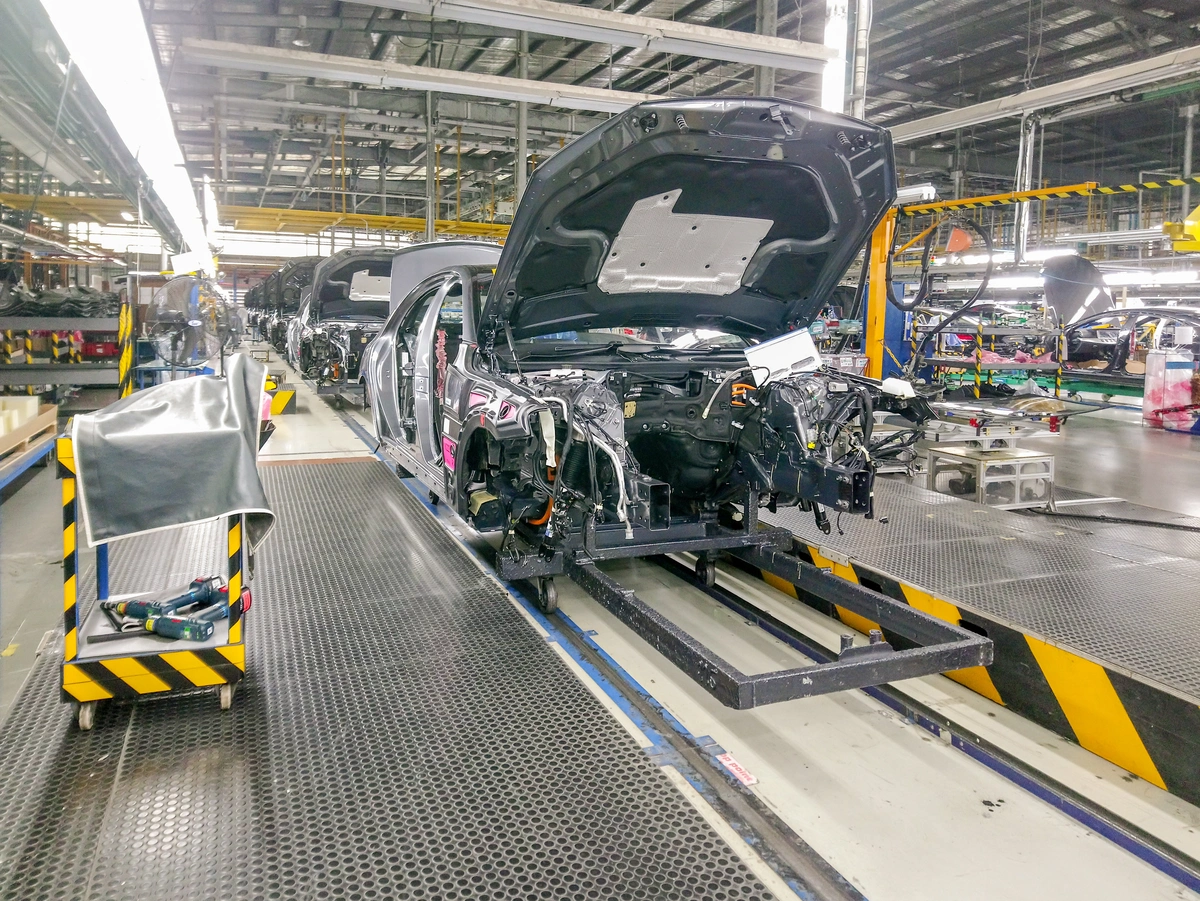Environmental justice is a slippery term, not easily defined, and like the environment itself, complex and multifaceted. The official EPA definition is this: Environmental justice is the fair treatment and meaningful involvement of all people regardless of race, color, national origin, or income, with respect to the development, implementation, and enforcement of environmental laws, regulations, and policies. That’s already a mouthful, but the term encompasses even more when it comes to infrastructure development.
In this context, environmental justice can be described as the intersection of infrastructure planning — both public and private — and the communities affected by projects. From bridges and roads to factories and commercial complexes, any big development project has an environmental justice component.
There are many parties involved: corporations, developers, engineering and construction companies, law firms, and municipal, state, and federal government agencies, to name just a few. But the stakeholders most often overlooked are the communities near to, and inherently transformed by, any significant development. The unfortunate reality is that those communities are disproportionately underprivileged in other ways as well.
For nearly a decade I witnessed this complex interplay firsthand as general counsel for the Port of Los Angeles, the largest container port in the Western Hemisphere. I had deep involvement in developments at a large scale for a seaport that covers 7,500 acres and 43 miles of shorefront. One thing I learned is that by the time communities mobilize to challenge anything it’s most often through the courts, and that’s far too late.
Early engagement leads to better plans, heads off lengthy and expensive litigation, and provides fairer, more efficient outcomes for all.
Pitfalls of Litigation
There is no certainty in litigation. None. Whether it’s a personal injury slip-and-fall or a multibillion-dollar corporate bout, no one knows how things will turn out if a case ends up in front of a jury. It’s better to take action before being forced to leave things to chance.
Litigation also has its limits. It does not clean the air and water, nor save a neighborhood or preserve its history and future. It’s usually a blunt instrument, and always an expensive one. More importantly, litigation destroys trust, and trust is essential to the long-term success of any project.
Here’s how the process usually unfolds: The driver of a project (a corporation, developer, or government agency) will file the necessary environmental regulatory documents and send out their notice of preparation. Then they'll disappear for a year and a half to do their analysis. When they come back and present the draft, it comes under attack. Tempers flare, litigation ensues, and the project stalls.
This is wasted time, money, and more importantly, opportunity. I’ve seen projects stalled for years because nobody wants to put a shovel in the ground. The people running the project don’t have the certainty that they won’t be stopped after they start, and that’s a major risk to them.
Time is better spent on engagement with affected communities during that interval, or even earlier, to understand local concerns, demonstrate advantages, build trust, and plan for active collaboration. It’s a much more productive and cost-effective approach than prolonged court battles.
Start at Ground Level
A lot of developers believe that if they smooth things over with the people at the top — the lobbyists and legislators with the power to push a project forward — they’ll have a clear path to their objectives. Instead, like the project itself, they should be working from the ground up.
Even the best projects, those with clear social benefits and economic upside, benefit from community dialogue and the trust it enables. People don't want to be left out. They deserve the dignity of having a conversation, and project leaders benefit from understanding their perspectives.
Any project requires upfront investment in things like design, planning, and permitting, all at significant expense. But neglecting local communities can lead to even costlier delays. A big misfire can set a project back years, not just in terms of completion, but in reputation and goodwill.
Engagement is about a lot more than holding open hearings. Identifying real community leaders, not just professional advocates or career adversaries who talk over the crowd, is essential. True local leaders are the people with the power both to advocate for what the community wants or needs, and to help the company, developer, or agency understand why these things are important. Without the right boots on the ground and the right conduit for communication, it’s almost impossible to have the necessary dialogue.
Everyone’s Responsibility
Environmental justice is everyone’s job. Not every place is going to be Beverly Hills, and that’s not unfair. But that doesn’t mean a community should be a dumping ground or plowed under altogether in the name of progress. Every community is entitled to the cleanest, safest practices, and thoughtful consideration. But those communities have responsibilities, too.
Most people are busy — they're raising their children, they're going to work, and they can't go to every community meeting. But their voices should be heard, nonetheless. This is why engaging the right community leaders is essential. Local leaders are the ones with the ability to ask and answer the most important questions.
These questions are straightforward, even prosaic, but they are also nuanced and deeply significant. How will the project affect my children? Is it clean? Can you invest in the schools? Can you invest in training? Will the project create jobs? Will the social and cultural history of my community be preserved?
Answering such questions early in the process is mutually beneficial. Not only does it head off litigation and inform decision-making, but it also assists in the growing necessity of applying strong ESG standards. The environmental component often leads the way in this regard. It’s an area of heavy regulation and empirical measurements — and usually the easiest to tie to governance. Where most entities go wrong is underestimating the social aspect of a project. In this regard, environmental justice is social justice, and everyone would benefit greatly by doing their homework.




